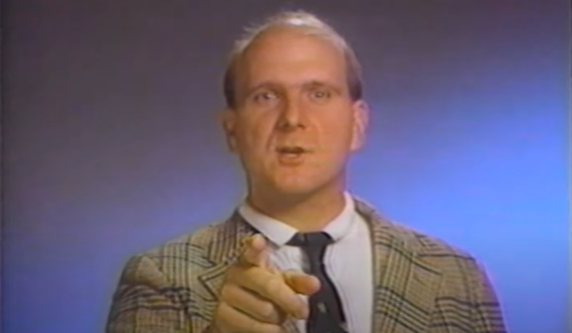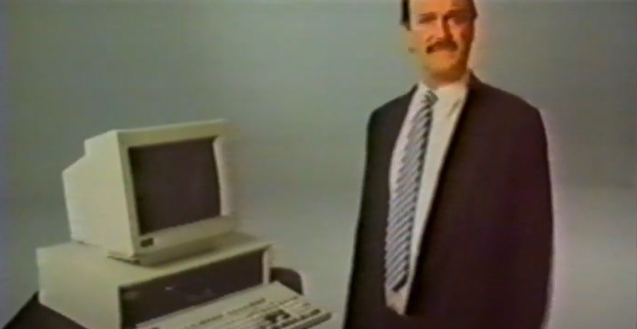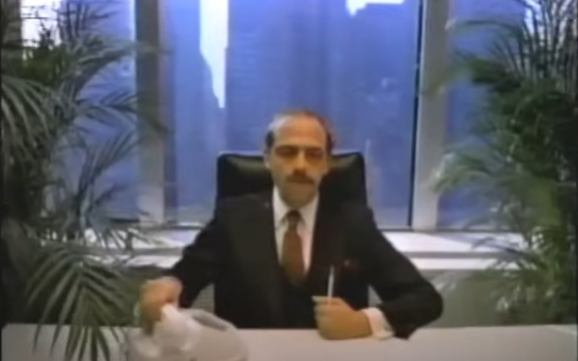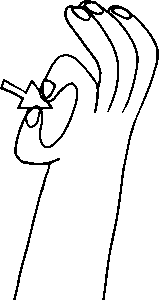In this quirky 1995 commercial, comedian David Cross takes the spotlight in an ad that cleverly highlights AOL’s internet services in a way that only a late-90s comedy could. Using a mix of dry humor and absurdity, the commercial presents AOL as a must-have for anyone looking to connect with the world, all while underlining the frustration that came with dial-up internet at the time.
The Formula (That Works at Any Budget)
Relatable Struggles = Humor – The ad captures the frustrations many people had with dial-up internet in the 90s, from slow connection speeds to clunky software. David Cross’ sarcastic and deadpan delivery adds to the humor, making it instantly relatable for the audience.
→ Lesson: Tap into common frustrations or challenges your audience faces to create relatability.
Comedic Performance – David Cross’ dry, sarcastic humor is the perfect vehicle for delivering a message that could have been boring or dry, turning the frustrating experience of dial-up internet into a humorous moment.
→ Lesson: Use humor to make a mundane or frustrating experience more entertaining and memorable.
Understated Product Highlight – The ad doesn’t need to over-explain AOL’s offerings. It relies on the humor to create interest in the product, leaving viewers wanting to know more about how they can avoid the very frustrations David Cross’ character is dealing with.
→ Lesson: Let the humor speak for the product, allowing the audience to fill in the blanks.
Minimalistic Messaging – The ad focuses on one core message: AOL helps you connect to the internet, but not without some frustrations along the way. It doesn’t overcomplicate things with extraneous details.
→ Lesson: Keep the messaging simple, highlighting the main benefit without overloading the audience.
Humor Breakdown:
The humor here is dry and sarcastic, with a touch of absurdity. David Cross’ delivery elevates the commercial, turning a potentially boring and technical message about internet connectivity into a light-hearted moment that feels more like a stand-up comedy bit than a traditional commercial. The humor comes from the relatable frustration of dial-up internet and Cross’ ability to turn that into comedic gold.
Final Verdict
AOL’s 1995 commercial is a great example of using humor to tackle pain points. It might not showcase advanced technology or high-speed internet, but it does effectively tap into the frustrations that its audience would understand—making it a humorous and impactful ad for its time.
Brave-o-meter score:
B-7 | R-6 | A-8 | V-7 | E-5
BRAVE – 6.6/10
Watch the full ad & learn more:
Website: AOL
LinkedIn: AOL LinkedIn Page





